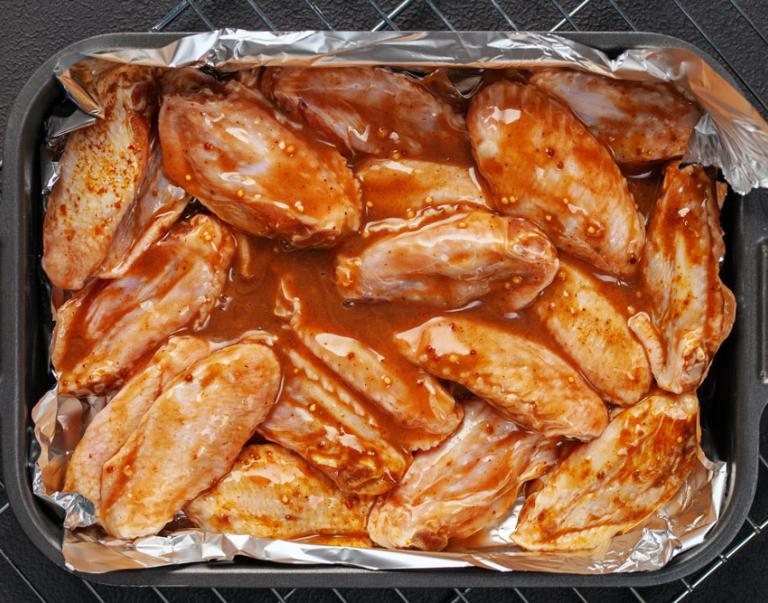If you are moving this year from a location within the gypsy moth quarantine area to a location outside the quarantine area, please inspect outdoor household items for pests. This is a federal requirement for homeowners moving from gypsy moth quarantine areas.
By complying with the law, you may also save a forest. Gypsy moths are destructive, invasive pests! European gypsy moth larvae feed on over 300 plant species including oak, aspen and elm. Gypsy moths have defoliated more than 83 million acres in the United States since 1970. About 70% of susceptible forests have never been infested and are at risk. Male gypsy moths are brown and smaller than female gypsy moths, which are primarily white. Females lay fuzzy yellowish-brown egg masses from which caterpillars emerge bearing distinctive red and blue dots.
Like many invasive insects, gypsy moths can spread long distances with human assistance. They are notorious hitchhikers and lay their eggs on patio furniture, grills, lawn mowers, children’s toys, and other outdoor items. Larvae can hide on untreated firewood or other wooden items such as pallets and crates. The good news is you can help stop them. If you are moving, use the self-inspection checklist (PDF, 3.6 MB) and remove any insects or egg masses you find.
To learn more about protecting your neighborhood and how you can help, visit USDA’s Your Move Gypsy Moth Free website. To self-certify that your outdoor household items are free of gypsy moth, complete and sign the self-inspection checklist (PDF, 3.6 MB) or this online form. Be sure to keep a copy of your certificate in the moving vehicle in case a USDA or State official requests it during your trip.


